Among the many, many achievements to which it can lay claim, the Toyota Hilux can perhaps declare itself to be one of the most appropriately named vehicles of all time. High? You betcha. Luxurious? Darned straight. Well, if you compare it with its somewhat minimalist contemporaries, that is. It’s still no Bentley Bentayga.
But what the Hilux – and more specifically the notably hard-wearing seventh-generation version that was made from 2004 to 2015 – lacks in opulence, it more than makes up for in sheer reliability and ease of use.
Click here to buy your next used car from Autocar
This Hilux – with its rounded front end and more recognisably car-like dynamics than earlier iterations – is still commanding strong money on the second-hand market. Whether you’re after two seats or five, a 2.5-litre or 3.0-litre diesel engine, bog-spec farm hauler or blingy urban cruiser, there’s a good selection of clean trucks to choose from, ranging in price from around £6000 to £22,000.
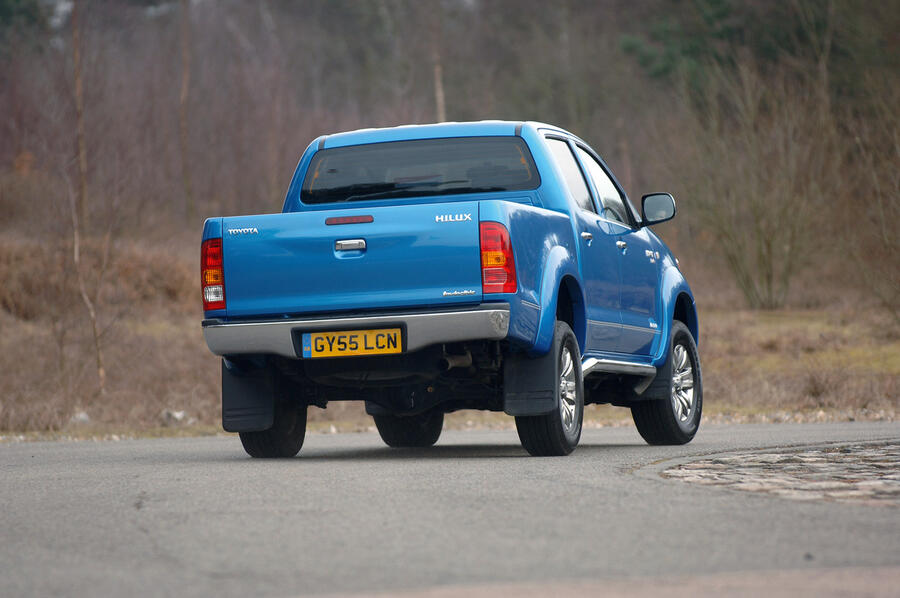
You needn’t be as hesitant to fork out that sort of cash as you might be with most used cars; not only is the Hilux every inch the unkillable, go-anywhere workhorse that it was designed to be, but it’s also got a fantastic aftermarket support network and is unlikely to drop in value any time soon.
What you’ll pay does rather depend on what you need your Hilux to do, though. If you’re, say, a tree surgeon who needs something dependable to lug three passengers and tonnes of wood through forests on a daily basis, you probably want a low-mileage, post-facelift truck equipped with chunky off-road tyres, a bed canopy and a towbar, so prepare to pay top dollar. If you just want a daily runabout that’s good for the occasional tip run, you could get away with a tatty single-cab that’s previously been run by a utility company for around the £5000 mark.

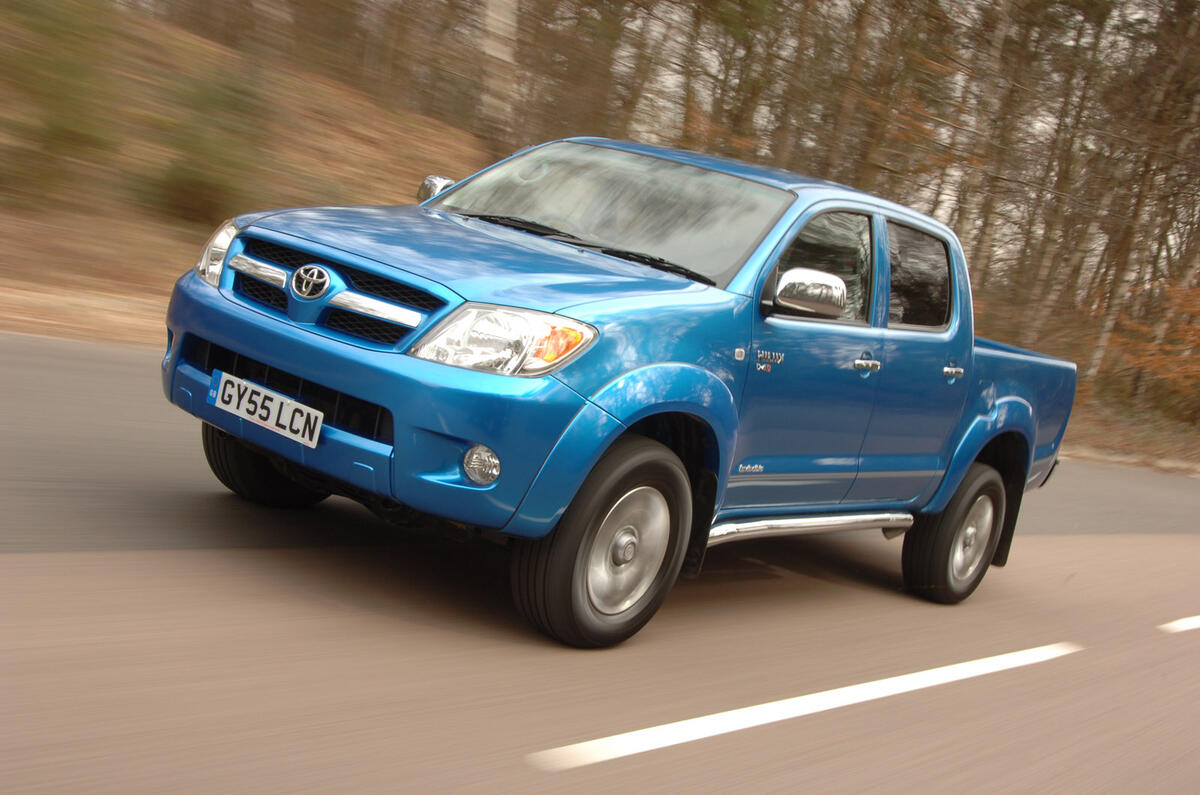
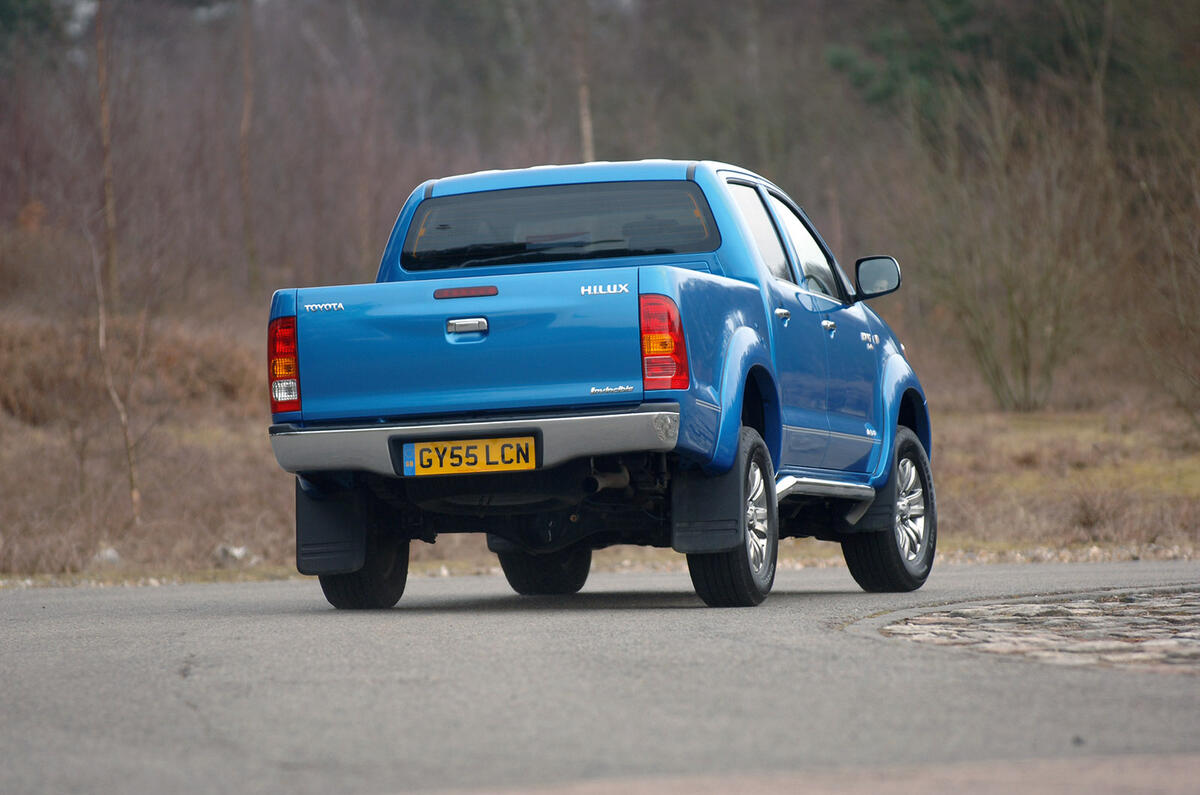
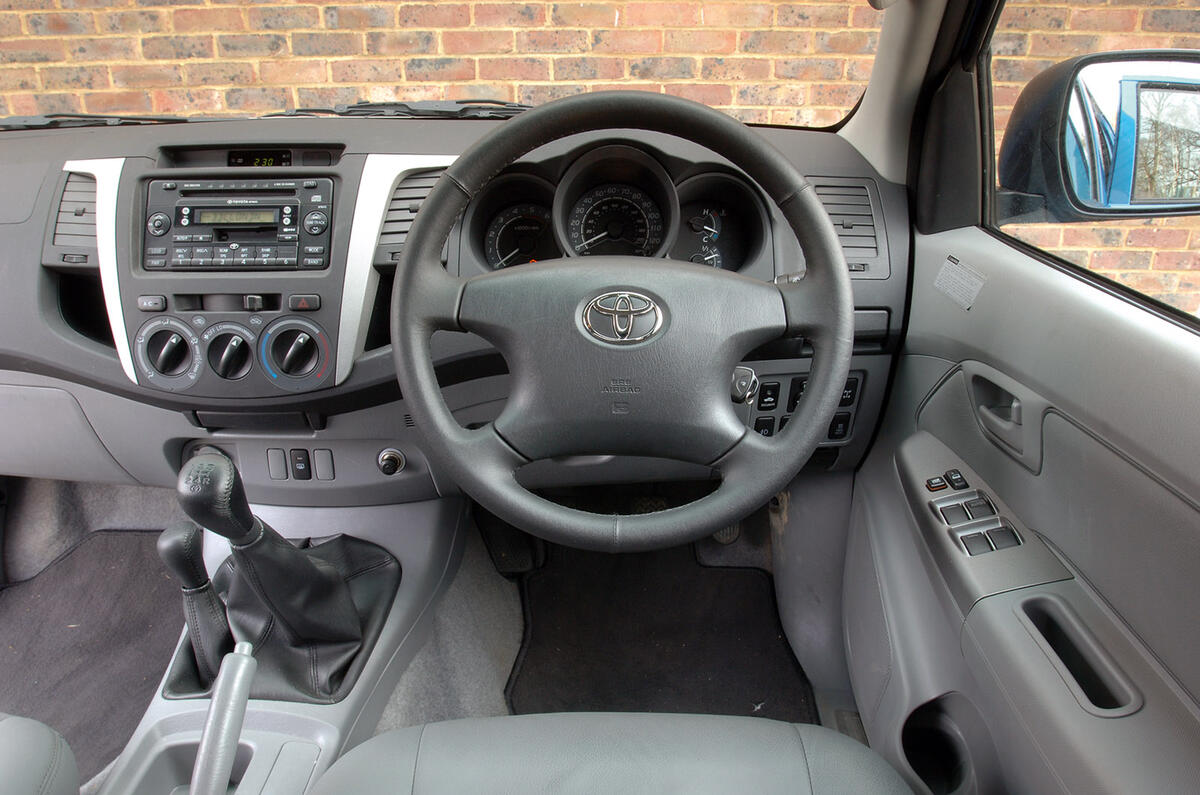
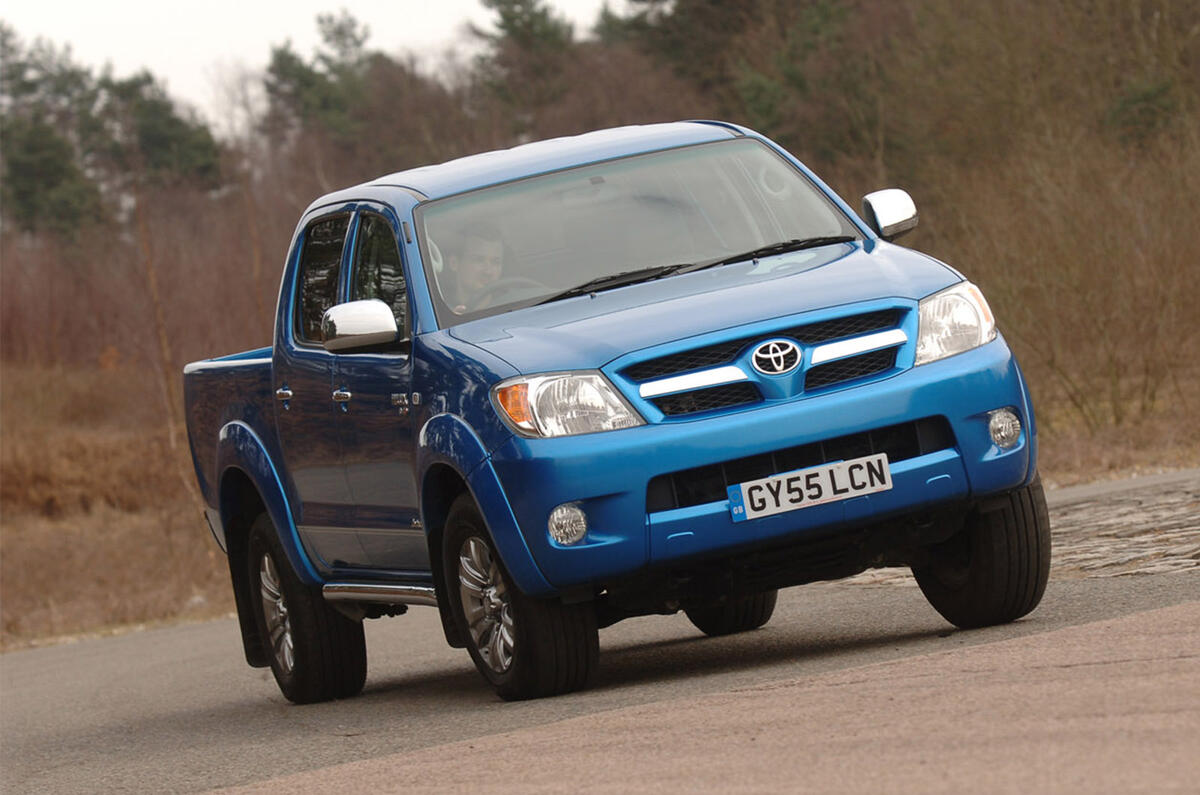
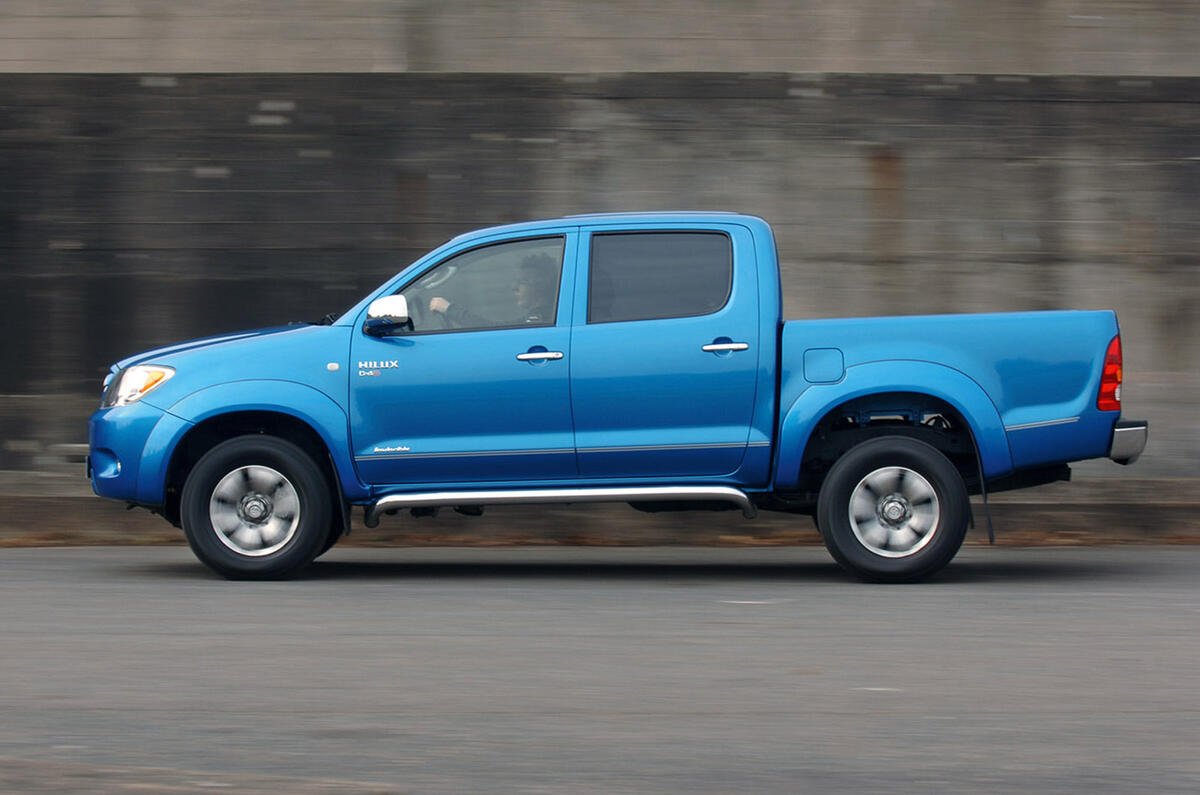
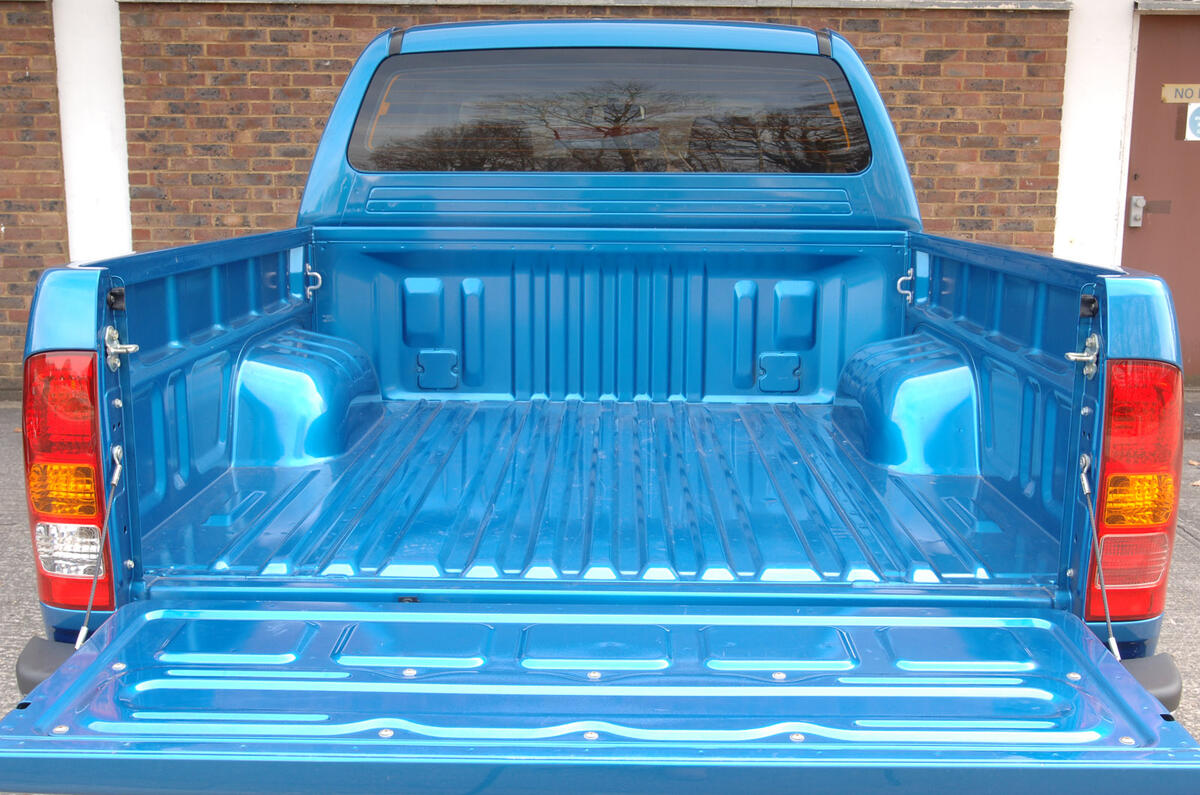
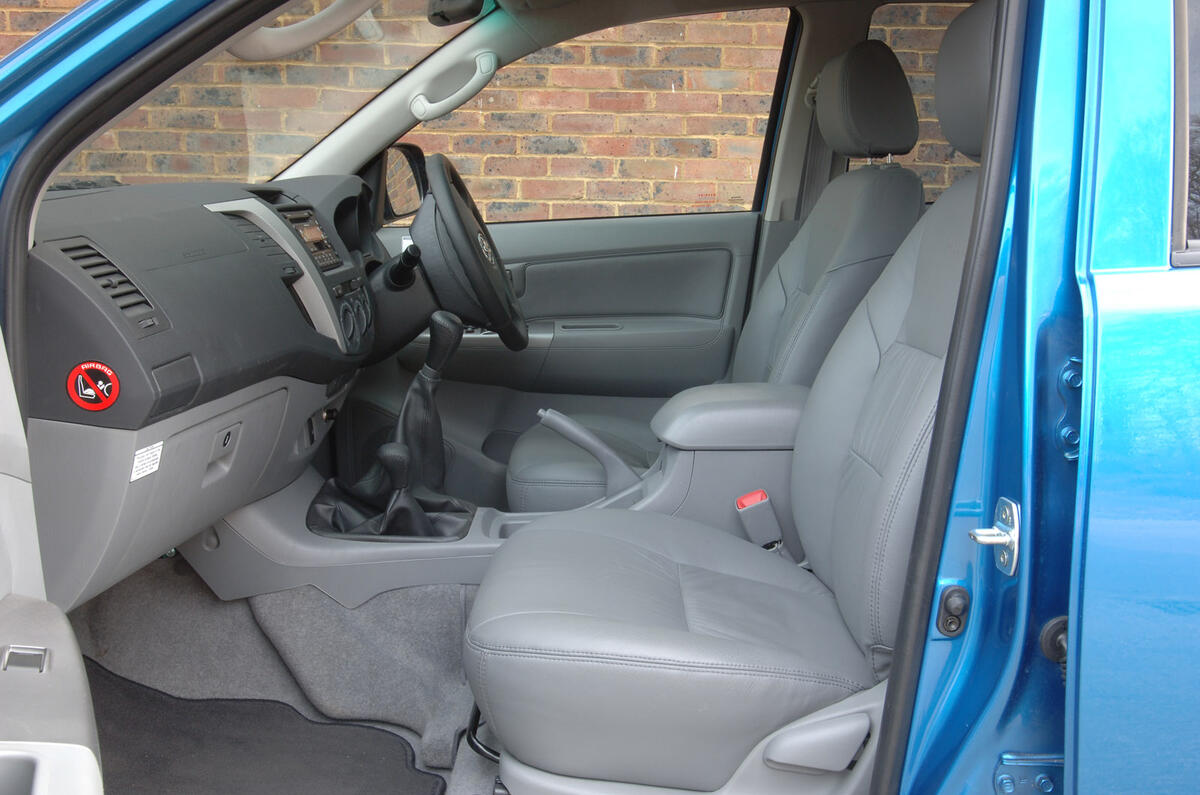
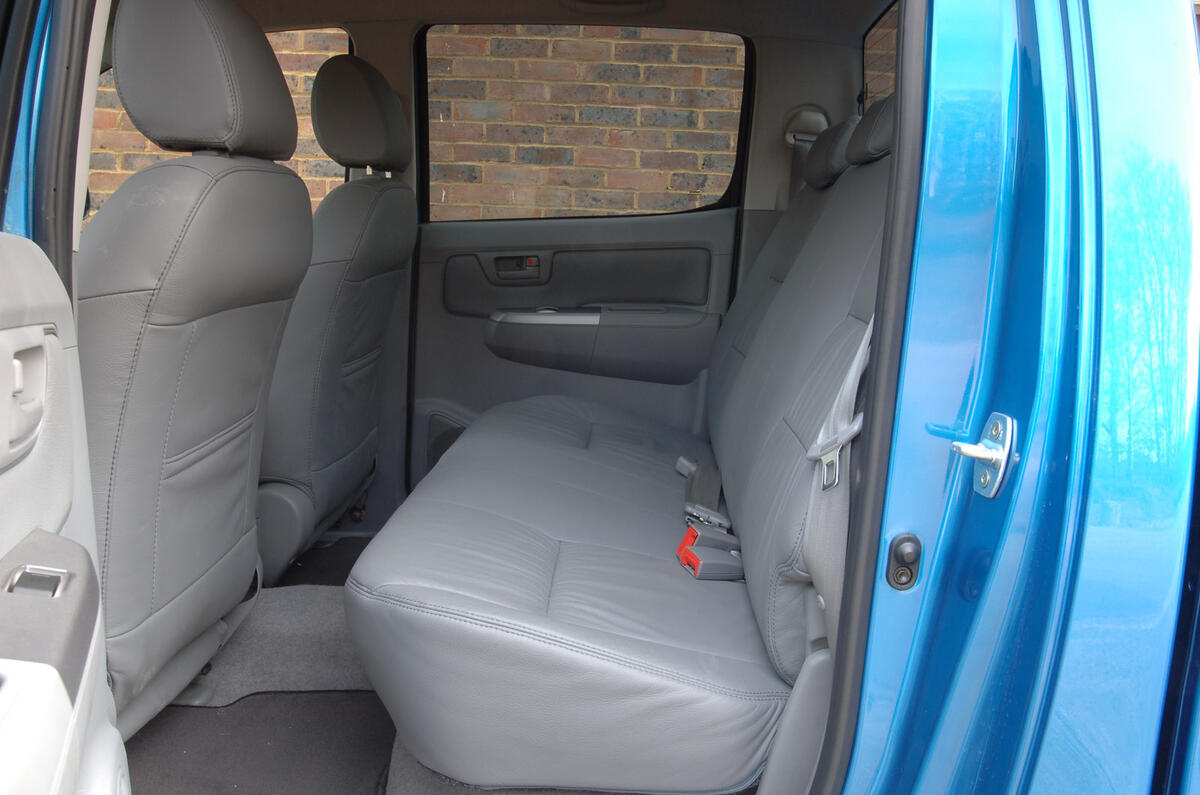
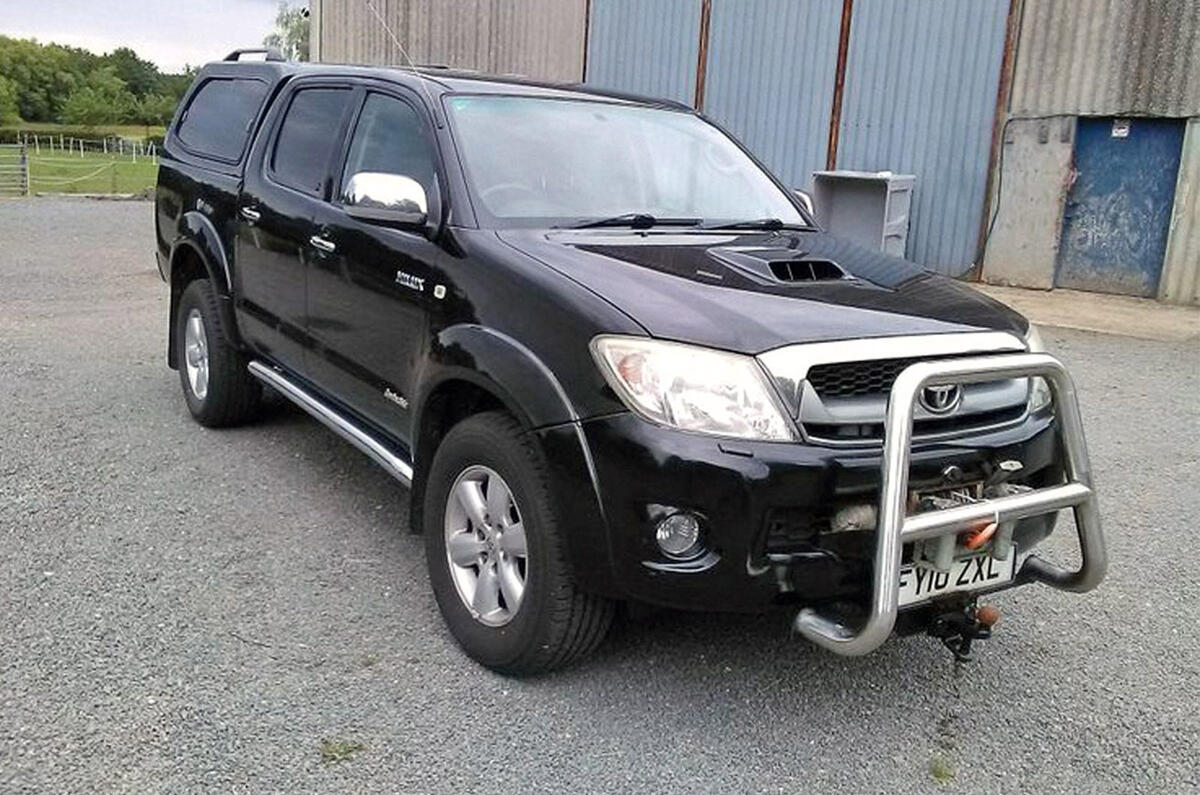


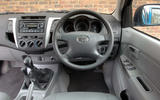
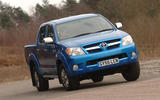
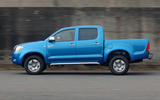
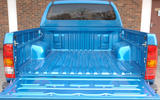
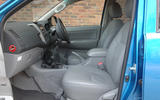

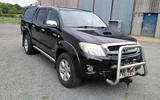










Add your comment